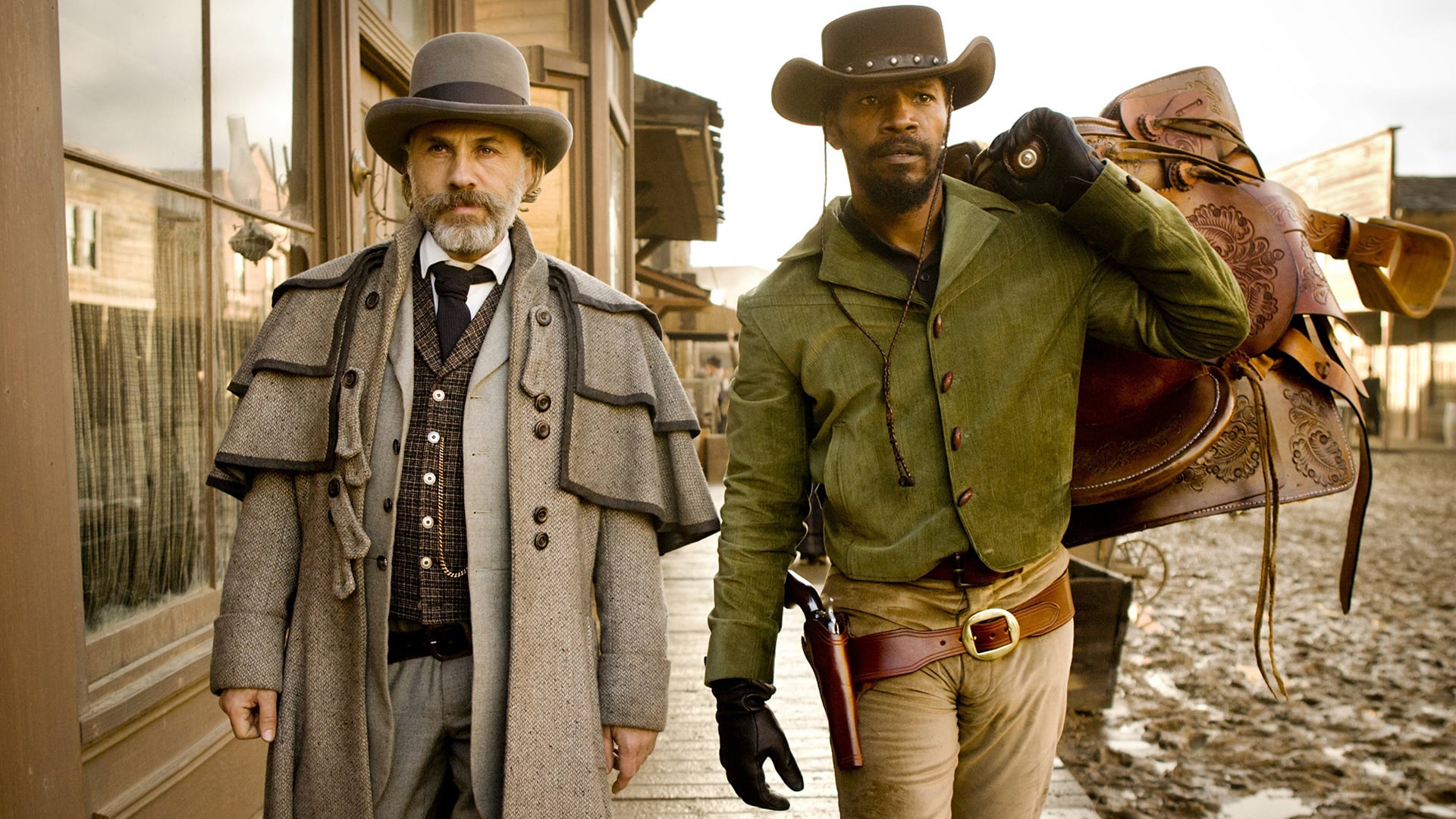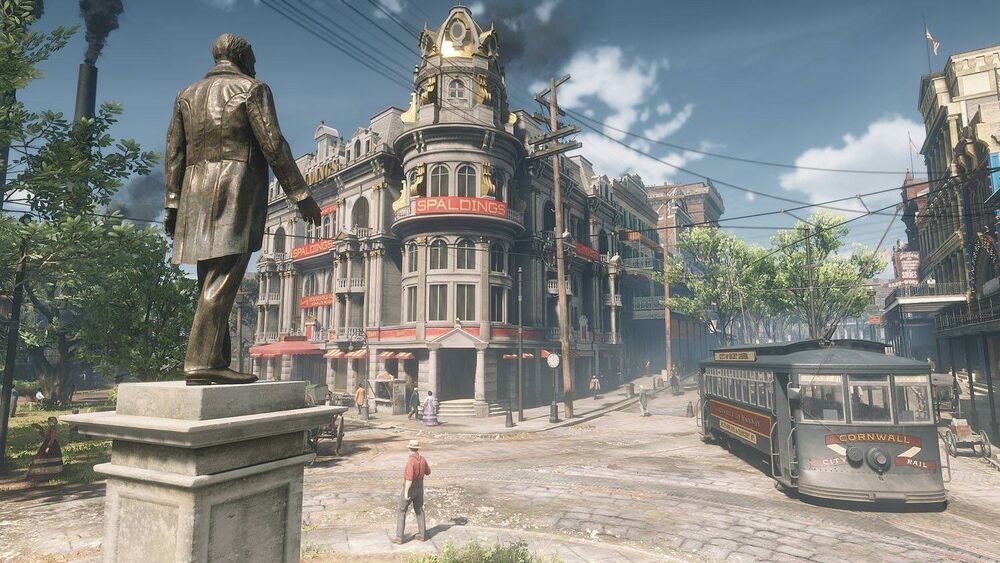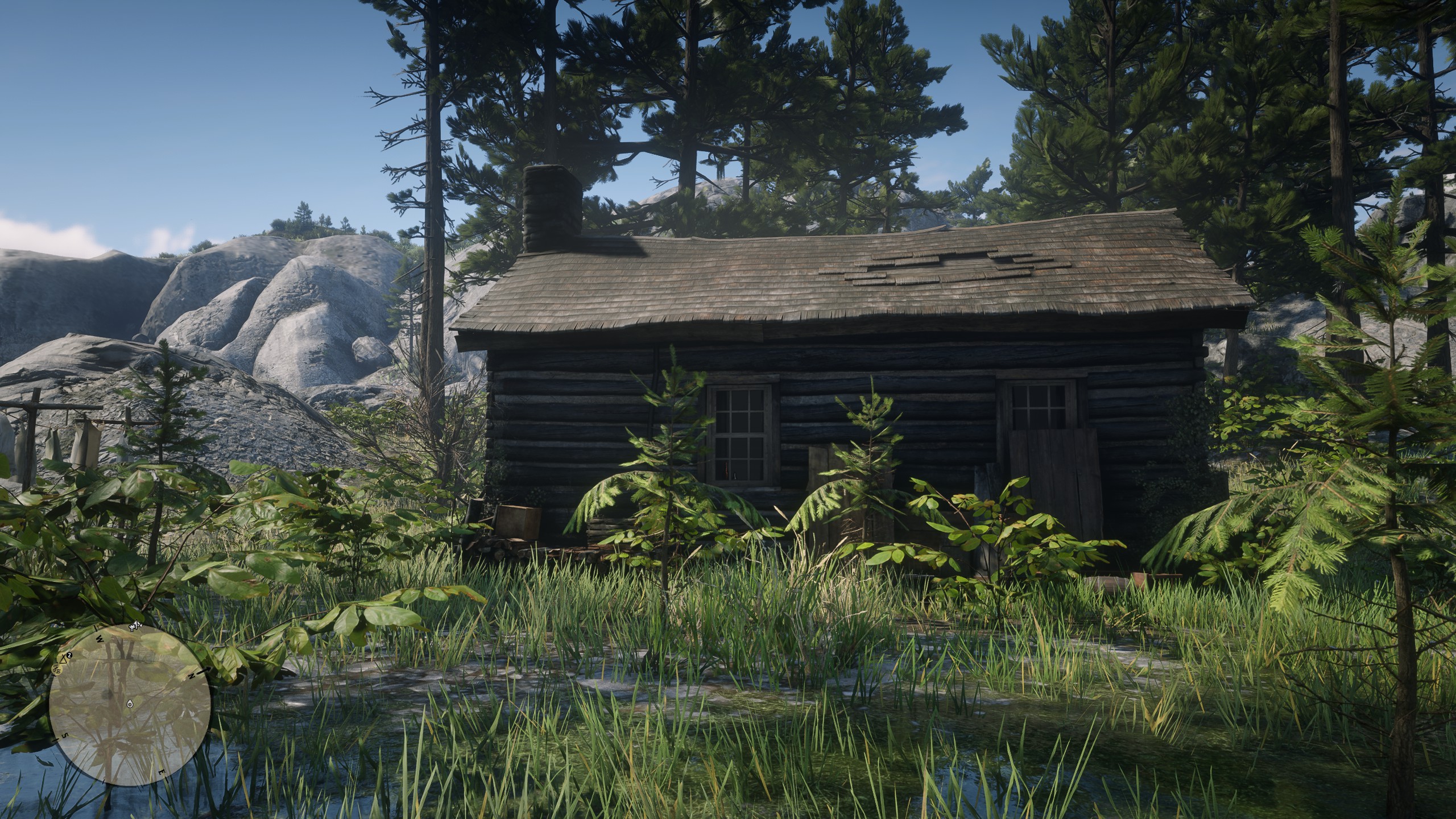The development of the Western
In his book The Myth of the Western: New Perspectives on Hollywood's Frontier Narrative (2014) Matthew Carter discusses the narrative of the Western and provides context through which the initial popularity and the eventual decline of the genre can be examined. According to Carter, Western films and literature have a long history of traditionalist views about the history of the United States. As the country was being settled, the hardships of the pioneers gave rise to the adoration of 'taming the wild', seeking destiny, overpowering nature and man's triumph over the struggle he endured when bringing civilization to the wild frontier. The stories of the Western usually take place in the years between 1865 and 1890 during which the US was recovering from the devastating Civil War and had begun an expansionist campaign against native American tribes. The rush of expanding civilization towards the West as well as increased farming, established mining camps and intensive railway-building, marked the looming turn to the 20th century industrialization and capitalism. The inevitable rise of the corporate-industrial society and its exploitative elements awakened nostalgia for "a simpler vision of America".

Men keeping the tradition alive - Photo by Adam Jahiel via DailyMail
Carter discusses the evolvement of the Western during the course of the twentieth century, from "the rudimentary simplicity (the silent era), towards formal, thematic and ideological coherence ('classical'), and, finally, towards introspection, fragmentation and incoherence ('revisionist') - leading towards its demise ('post'). As the progressing social changes affected the types of media being produced, the Western genre was examined more critically. The traditional frontier narrative often only included a masculine, heterosexual white man as a protagonist while the voices of women, African Americans and native Americans were silenced. This exclusion of representation as well as the underlying imperialistic and colonial narratives led to the development of revisionist Western which sought to include more inclusive point of views and stories. However, Carter expresses that despite these revisions, the Western itself was considered to be a dead genre which could not return to its Golden Age. The mythical gunslinger lost its appeal as a heroic and individualistic Anglo-American male icon. Interestingly, while Wester films did not hold their popularity, familiar themes and narrative structures were present in other films. Carter states that this "migration of themes of frontier mythology from the Western into numerous Hollywood genres" is visible for example in the original Star Wars trilogy.

Django Unchained, directed by Quentin Tarantino
Player experience and the call of the frontier
Taking into account Carter's discussion on the context of the Western, it can be stated that the Red Dead Redemption series adheres to the patterns of a classical Western. The protagonist in both installments is a white man who survives in the turmoil created by the change of a century. It is however important to note that both games - especially Red Dead Redemption 2 - include in-depth depictions for instance of the effects of imperialist ideals on native tribes. All in all, one of the major themes of both games is the change that the industrialized world imposes on an individual. Both John and Arthur are caught between the times of the Old West and the growing influence of a developing, capitalist society.
What perhaps encapsulates this struggle most effectively is the opposition of wilderness and civilization in Red Dead Redemption 2. The harbor city of Saint Denis is a spectacle of industry, factories, dense population and progress. For the majority of the game, Arthur (and the player) have spent time in nature and the wilderness, so the arrival to the bustling cityscape may feel alienating and strange. In a study on open-world video games as contested virtual spatial experiences, Jack Denham and Matthew Spokes (2021) describe how the participants strongly preferred the outdoor spaces of Red Dead Redemption 2 to the urban Saint Denis. The game effectively uses space to construct a "divide [of] the Old West from the new, and alienate the cowboy-player from more-developed parts of the world".

Saint Denis from Red Dead Redemption 2, a screenshot by JackiBackiBoy, via Red Dead Wiki
The player can discover abandoned cabins and farms while exploring the nature of Red Dead Redemption 2. These sites are more often than not isolated from larger communities and situated in hard-to-discover locations. The places that flourish are indeed the frontier towns such as Valentine and Strawberry, and the economically and culturally diverse Saint Denis. No longer can the individual prosper by themselves, and even the player must return to these pockets of civilization to purchase supplies, new clothes and weapons, and manage their horses. The participants in Denham and Spokes' study reporter that after these interactions, the return to the wild was a relief to them.

Picture of a Cabin from Red Dead Redemption 2, a screenshot by Hanna Ventomäki
Conclusion
The frontier themes of the Western are represented in Red Dead Redemption 2 through the spatial experiences that the game builds with its design and approach to the dynamics of urban and nature areas. The nostalgia for simpler times, more authentic lifestyle and triumph over nature's dangers are present in the game. An intriguing comparison can be made between the themes of the mythic frontier and the ever-busier patterns of life in today's world. Just as the people who experienced the turn of the 20th century, the players who embarked on the story of Red Dead Redemption 2 desired to escape the constricting cityscape and retreat into the rural heart of the Old West.
Writer
This blog is a adapted by Hanna Ventomäki, a student in Oulu University, from her currently in progress master's thesis about Representation of Nature in Red Dead Redemption 2. Find the full thesis from Oulu University publications later this year once it is finished.
References
Carter, M. (2014). Myth of the Western: New Perspectives on Hollywood's Frontier Narrative. Edinburgh University Press
Denham, J., & Spokes, M. (2021). The right to the virtual city: Rural retreatism in open-world video games. New Media and Society, 23(6).

